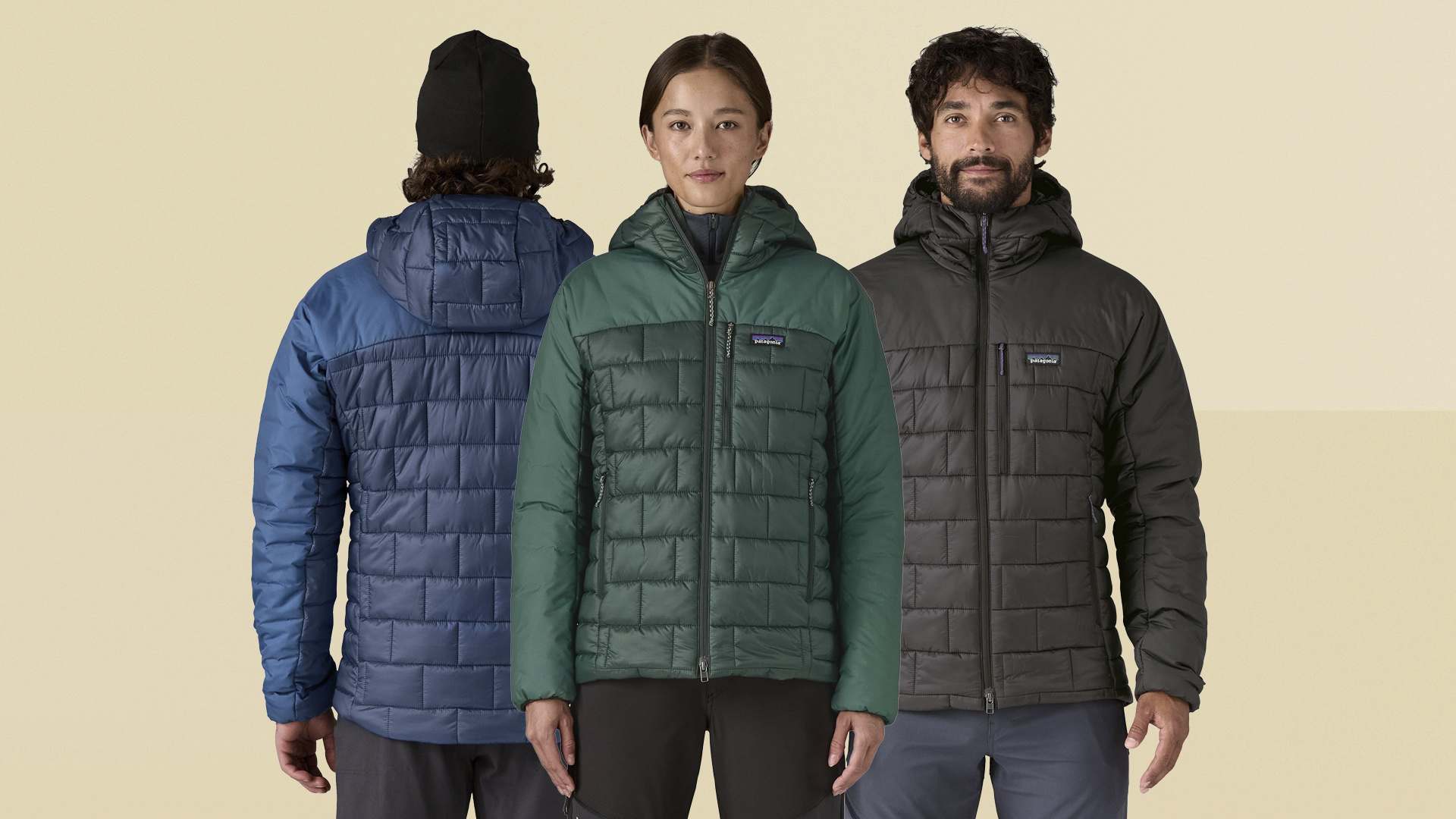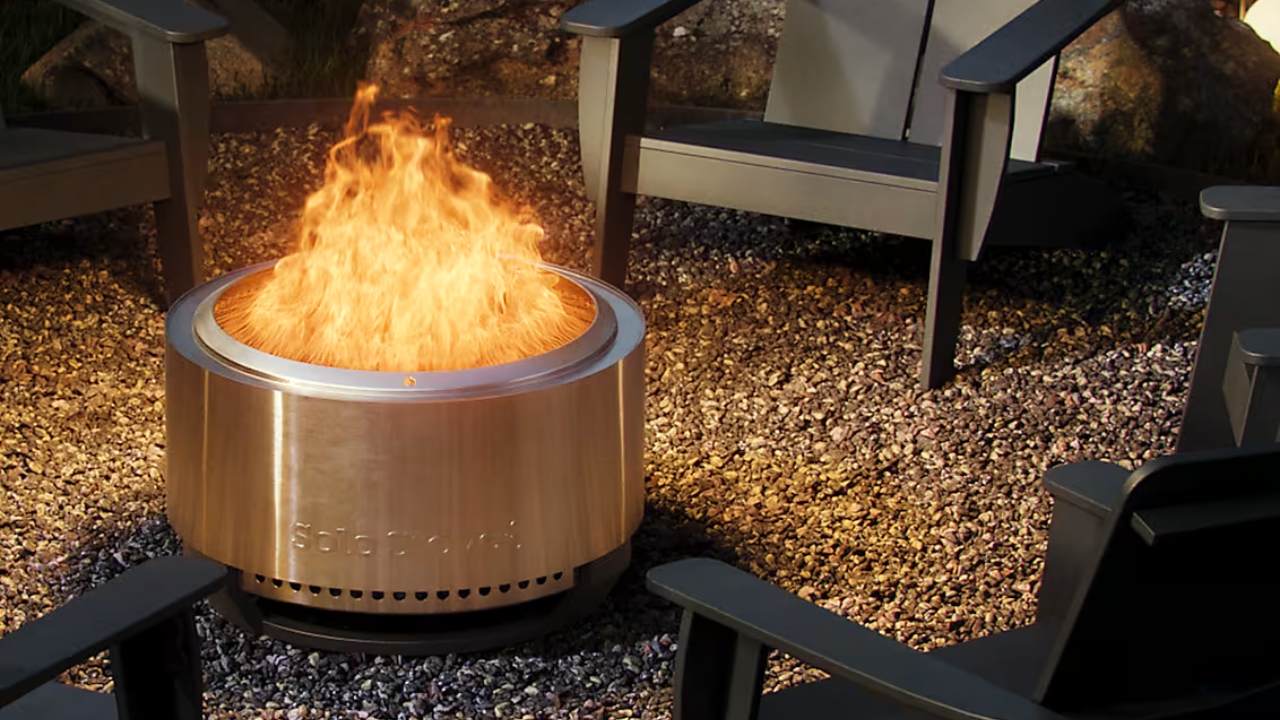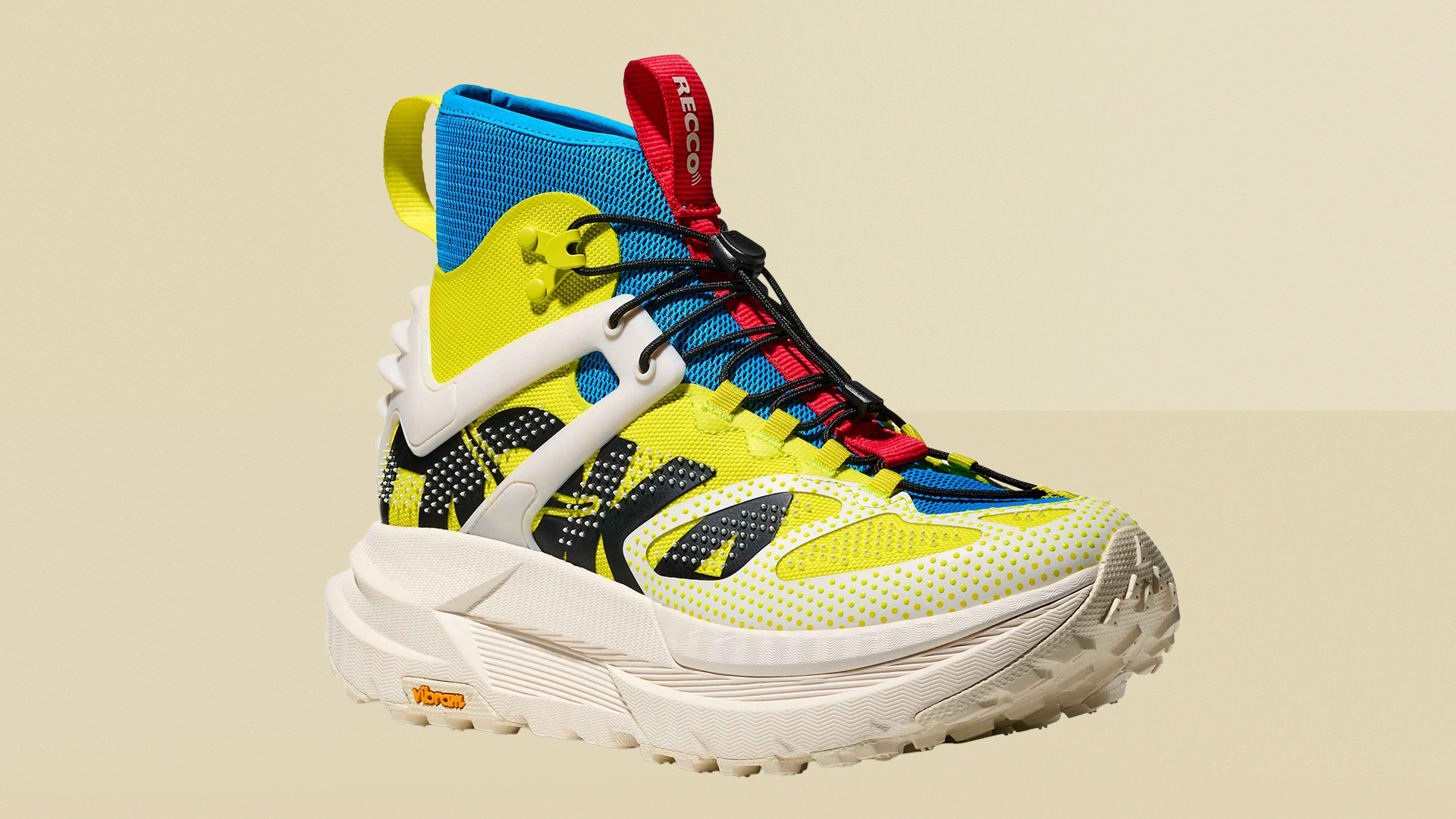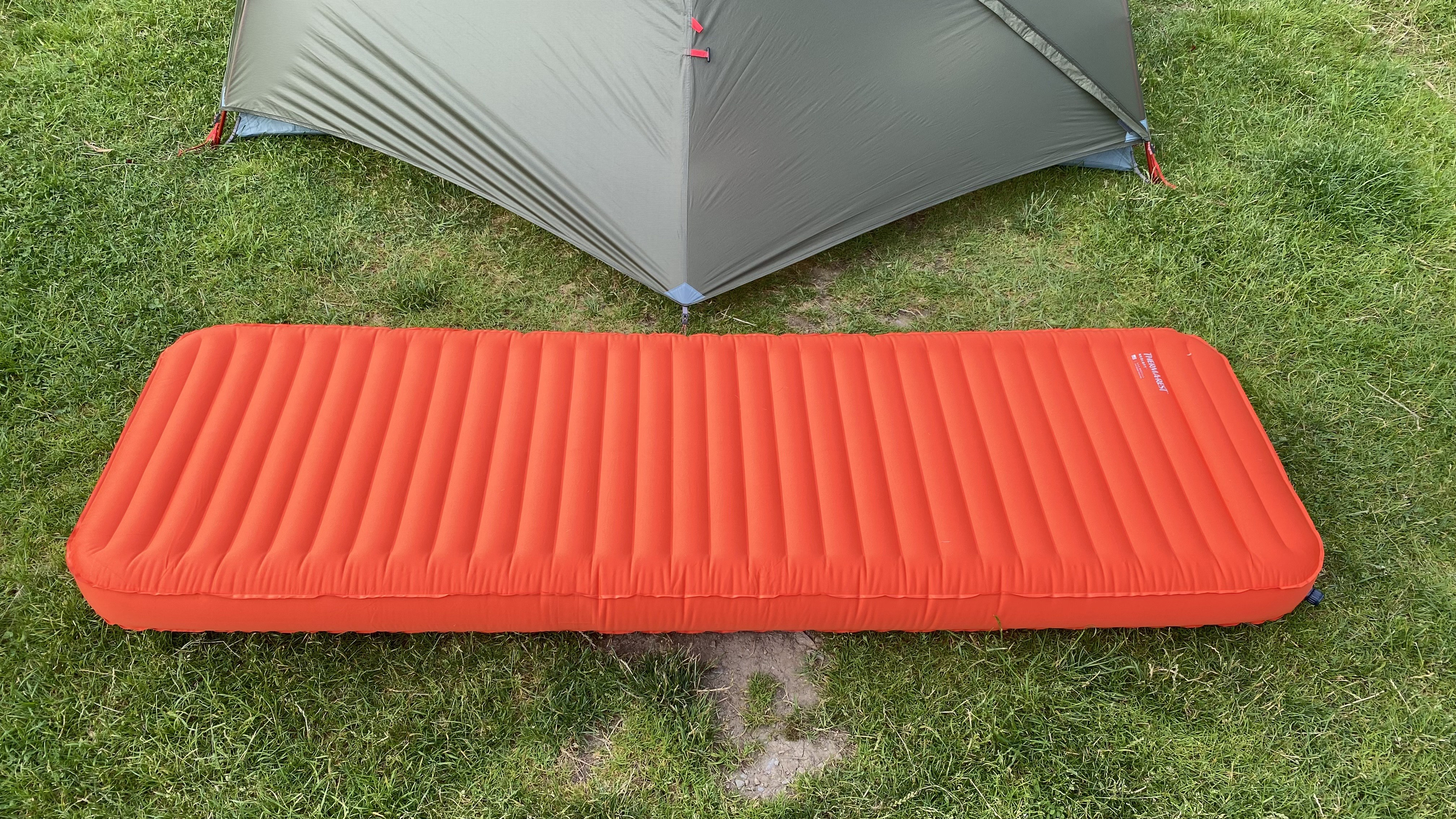Active
The latest Active breaking news, comment, reviews and features from the experts at T3
Explore Active
-

Benedict Cumberbatch’s surprise running jacket cameo in The Roses has trail runners talking
An unexpected costume choice in Olivia Colman and Benedict Cumberbatch’s new dark comedy has given British running brand Inov8 a starring role
By Matt Kollat Published
-

I hope Carl Pei's watching, these Nothing sneakers look the business
Nothing has dabbled in apparel in the past – could it release training shoes next?
By Rik Henderson Published
-

No one saw this coming: Patagonia just dropped the Nano Puff’s ‘burly cousin’
Could this be the puffer of the season?
By Matt Kollat Published
-

Did The North Face just make its prettiest duffel yet with Cecilie Bahnsen?
A cult collab returns with delicate details, tough construction and an exclusive new colour
By Matt Kollat Published
-

What’s next for Fitbit in 2025? Rumours point to new fitness tracker eveyone's eager to see
The brand’s future looks tracker-first, and that could mean a quietly pivotal Charge 7 later this year
By Matt Kollat Published
-

On's first dedicated strength training shoes finally pushed the Nike Metcons off my feet
The Cloudpulse Pro is the workout shoe I've been waiting for
By Matt Kollat Published
-

Garmin’s older Forerunner watches just got a free upgrade - here’s what’s new in the latest update
Forerunner 165, 255, 265, 955 and 965 all get a boost with Garmin’s latest beta software release
By Lee Bell Published
-

Solo Stove upgrades its smokeless fire pit with taller flames and quicker ignition
Solo Stove’s new smokeless fire pit is its most advanced model yet
By Bethan Morgan Published
-

You only need this three-move workout for stronger legs and glutes
Whether you use weights or not – this no-nonsense workout will hit your quads, glutes, hamstrings and calves hard
By Bryony Firth-Bernard Published
-

HOKA just turned its carbon-plated trail runner into a hyper cushy hiking shoe
The Mafate X Hike brings carbon plates, Vibram grip and RECCO safety to the trail in HOKA’s boldest outdoor launch yet
By Matt Kollat Published
-

Forget burpees – this no-jump cardio workout torches calories and boosts heart health
You can still improve your fitness and burn calories while keeping your joints intact
By Bryony Firth-Bernard Published
-

Decathlon is taking on Nike and Adidas with its lightest and fastest Kiprun shoe yet - but you'll have to be quick to buy one
The featherlight and carbon-plated Kipstorm Lab is limited to just 500 pairs
By Lee Bell Published
-

Skip running – this 20-minute bodyweight workout builds endurance and overall fitness
Get your cardio fix straight from your living room
By Bryony Firth-Bernard Published
-

A Pilates teacher says this mobility routine will make your entire body feel better in 8 minutes – I tried it
It helped me to wake up and start the day the right way
By Bryony Firth-Bernard Published
-

UTMB was the launchpad for HOKA’s Rocket X Trail 'super shoes' – I laced them up to find out more
The Rocket X Trail is the latest innovation from the disruptor brand
By Matt Kollat Last updated
-

I tried Therm-a-Rest’s comfiest camping mat and slept like royalty
The NeoLoft serves up home-level comfort for overnight hikers
By Pat Kinsella Last updated
-

Garmin just dropped a bunch of cycling gadgets that will make your ride smarter and more accurate than ever
The Edge 550 and 850 bring smart fuelling alerts, group ride comparisons and more readable screens
By Lee Bell Published
-

Build a stronger chest, arms and back with this simple 3-move gym workout
No junk volume, just gains
By Bryony Firth-Bernard Published
-

Nike’s latest gym essential has 28 positions and more versatility than you’d expect
The new adjustable bench brings pro-level versatility and design details into your home gym
By Matt Kollat Published
-

This dumbbell-only lower body workout builds stronger legs and glutes in 30 minutes
Cook your quads, hamstrings, calves and glutes with just two dumbbells
By Bryony Firth-Bernard Published
-

Two exercises that will instantly add more width to your biceps, says an expert
It’s not bicep curls or preacher curls, either
By Bryony Firth-Bernard Published
-

Nike brings lab-grade run analysis to the high street with NSRL Form
A free, two-minute treadmill session, motion capture and a 1:1 consultation is all it takes
By Lee Bell Published
-

Icelandic brand 66°North reimagines its fishing roots in new limited collection
The Icelandic outerwear pioneer launches a five-piece capsule that nods to its fisherman heritage while gearing up for its centenary
By Matt Kollat Published
-

Silva's SEEK 450 Recharge head torch packs a big light into a tiny frame
A pocket-sized 450-lumen lamp that’s built for everyone, not just adrenaline junkies
By Lee Bell Published
-

No weights – just a resistance band and these five exercises for full-body strength
That's right – resistance bands can deliver a muscle-building pump
By Bryony Firth-Bernard Published
-

Sensors based on rose petals could be the fix wearables need to accurately track hydration, scientists say
Waseda University’s breakthrough in non-contact sweat sensors could change how wearables are made in years to come
By Lee Bell Published
-

Gymshark has dropped its first-ever workout shoes with a top performance footwear brand
It's about time
By Bryony Firth-Bernard Published
-

Hypershell upgrades revolutionary exoskeleton to make long hikes easier than ever
The new X Ultra packs more power and smarter support to help cut effort for serious adventurers
By Lee Bell Published
-

HOKA just reimagined a cult trail shoe with Swedish brand UNNA and it glows in the dark
HOKA’s latest collaboration transforms the Speedgoat 2 into a reflective, retro-inspired shoe built for both trails and city life
By Matt Kollat Published
